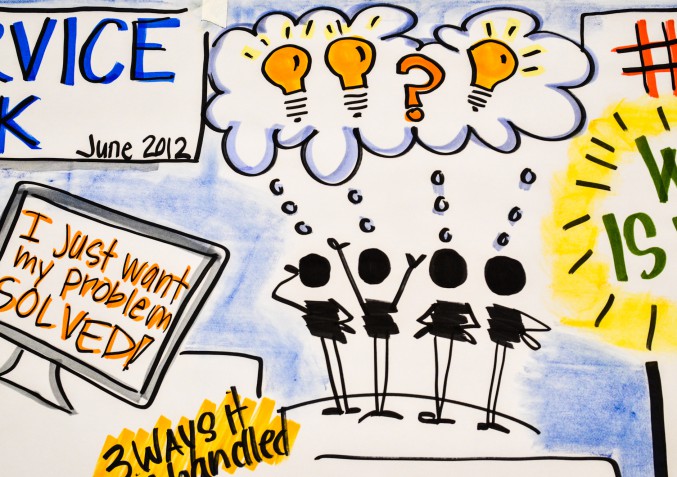
We all know the drill. Bad service is rampant, and calling to complain about it can leave you on hold for a ridiculous amount of time listening to cheese-ball hold music. This is why many people are instead whipping out their smartphones to post about bad experiences on Twitter, Facebook, and other social platforms.
Rapid response
The advent of the smartphone coupled with the ubiquity of social media has almost turned airing complaints into a game for consumers. “Are they paying attention?” “How long until I receive a reply?” “Can I get a retweet?” For many brands the answers to these questions can be embarrassing. For good or ill, the spending public has become used to instant access.
While content is your number-one priority in any online campaign, it also is vital to keep your digital ears open. In other words, if your brand has an account on a social platform you need to make sure it is monitored by someone who can respond to inquiries made through that channel. (Hint: notifications and alerts are your friends.) From the perspective of consumers, the clock is ticking from the moment they hit send.
This does not only apply to complaints. You may well find that by keeping up with your social mentions you can identify your big fans and potential evangelists. Having an adroit and attentive person at the helm of your social presence is the optimal scenario, but in some cases it is worth bringing in a pro. (At this juncture I’d like to point out that here at SixEstate we offer both training and management of social profiles should you feel the need.)
A human connection
For one thing, using social media in this fashion can re-personalize depersonalized support, at least that is what they believe at JPMorgan Chase (via Knowledge@Wharton):
‘A lot of people think that Twitter is a fad and you can’t really use it effectively to talk to customers,’ said Bianca Buckridee, vice president of social media operations for JPMorgan Chase. But that hasn’t been Buckridee’s experience. The company tapped her in February 2012 to launch their social media care initiative after she pioneered a similar successful project — singlehandedly and on a shoestring — at the regional bank Sun Trust. One advantage she sees in social care is that customers can go to Chase’s Twitter page and actually see the individual with whom they are talking, which she feels restores some of the intimacy and comfort that is lost in a phone conversation. ‘We have customers returning to the channel saying, “Hey, let me know when Theo gets in,” or “I want to talk to Danni; she knows exactly where I’m at and what I’m going through.” ‘
In a world of voice menus and ID numbers this kind of human connection is a breath of fresh air, and something that will certainly make a positive impression on your followers. After all, wouldn’t you rather interact with a human than with a machine?
Virtual graveyard
Would you like to make a worse impression than the one made by irritating hold music? It’s easy, just promote social profiles that no one pays attention to. Few things irritate me as much as seeing a brand promote a Facebook page without having someone to answer questions posted there. It is the modern equivalent of a phone that rings forever without being answered.
Abandoned or neglected brand profiles can also become easy fodder for Internet mockery and negative buzz.
Your content, extended
While social platforms are a great place to share links to your own content, they also are content in and of themselves. When your brand delivers good service on Twitter, for instance, those interactions are public and can be found by people searching for your brand. Seeing your brand interact in this fashion is positive PR of the best and most sought-after kind.
So what platforms does your brand have registered, and are any of them lying fallow? Have you tried using those channels for customer service, and if not do you plan to? Let us know in the comments!
Image by Dell Computers, used under its Creative Commons license.